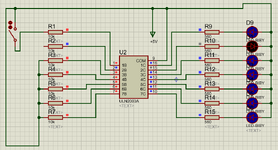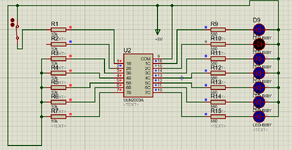imani9009
Newbie level 5

Please, any body can explain me, a simple switch is not working in proteus, whether I turn it off or on in case of R1. If I remove the switch in case of R2 then it is ok, but when I place the switch it always shows as it is on.


